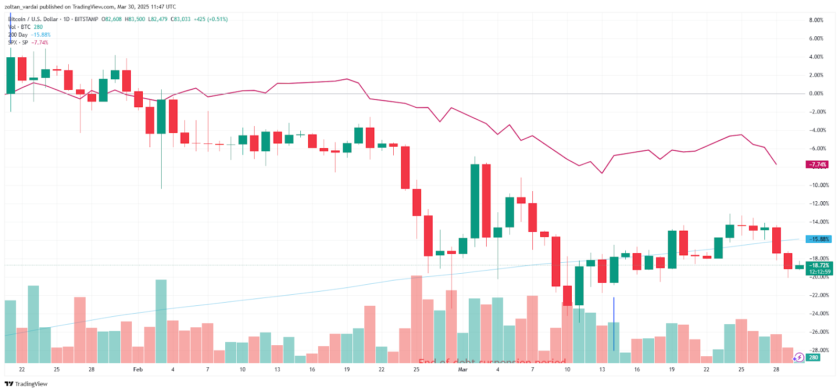At least 100,000 individual miners have shut down, according to Autonomous Research LLP. Fundstrat Global Advisors LLC estimates that about 1.4 million servers have been unplugged since early September.
Malachi Salcido, head of Wenatchee, Washington-based Salcido Enterprises, which claims to be one of the largest miners in North America with 22 megawatts of power deployed and 20 megawatts more being built said:
“We are entering in the phase when there’s a flushing out of the market. There will be relatively few operations that come out the other side.”
Most miners are only profitable when Bitcoin trades above $4,500. It hasn’t closed above that level since Nov. 19. Late last year, Bitcoin traded for almost $20,000.
At a basic level, miners produce Bitcoin blocks by competing to solve complex mathematical problems. When the hash rate increases, blocks are found more quickly, while the converse occurs when the hash rate declines. To maintain a consistent block time of ~10 minutes, Bitcoin automatically adjusts the difficulty of these problems at roughly two-week intervals to account for new machines entering or exiting the network.
Only a select few can afford to stay in the game: miners with scale, very specific business models and extremely low electricity costs, as in Douglas County, Washington, where most of Salcido’s operations are based. Margins before costs like depreciation and taxes dropped from about 40 percent to 20 percent during the slide, Salcido said. They jumped back up at the company to around 40 percent as smaller rivals shuttered operations, he said.
This miner exodus is now being reflected in Bitcoin’s network difficulty, which fell by more than 15 percent following the regular difficulty adjustment that occurred earlier today. According to data compiled by XDEX Chief Analyst Fernando Ulrich, this constitutes the second-largest difficulty drop in Bitcoin’s decade-long history and the largest since Nov. 1, 2011, when the difficulty dropped by 18 percent.
#Bitcoin just had its second largest drop in mining difficulty in history: -15.1%. This is the current ranking:
2011-nov-01: -18.0%
2018-dec-03: -15.1%
2011-oct-16: -13.1%
2012-dec-27: -11.6%
2011-mar-26: -9,5%
2013-jan-26: -8.6%
2011-dec-01: -8.5%
2012-may-25: -9.2%— Fernando Ulrich (@fernandoulrich) December 3, 2018
In an interview, Mao Shixing of F2pool, the fourth largest BTC mining pool claimed that more than 800,000 miners have shut down their operations since the start of the November price decline. Just for a reminder, in November, a week after the massive drop when Bitcoin hovered around $4,300, Chinese miners reportedly started to sell mining machines by weight, as opposed to price per unit. According to an F2Pool post, miners are especially eager to sell the older models, including the Antminer S7, Antminer T9, and Avalon A741, as they have reached their “shutdown price.”
Bitcoin entrepreneur, Alistair Milne, also weighed in on the current trend, sarcastically adding that this is the most ‘insecure’ the Bitcoin network has in five months based on hash rate.
He added that Bitmain would be one of the most vulnerable miners at low price levels considering their hoarding of Bitcoin Cash, which is currently sitting at historic lows.
An opinion piece penned by Leavy School of Business professor of finance Atulya Sarin at MarketWatch said that the drop in mining profitability marks the collapse of Bitcoin’s value. He argues that most miners today aren’t concerned with the security of the ledger but instead are “fair-weather miners looking for a quick buck who could quickly disappear once the opportunity dissolves.”
“Mining at a cost higher than the cost at which you can sell in the futures market destroys value. So, any rational investor […] has no incentive to mine if the cost of mining is higher than the future price and is better off buying in the futures market… Absent the mining activity, Bitcoin is just a set of encrypted numbers with no value,” he then added.




